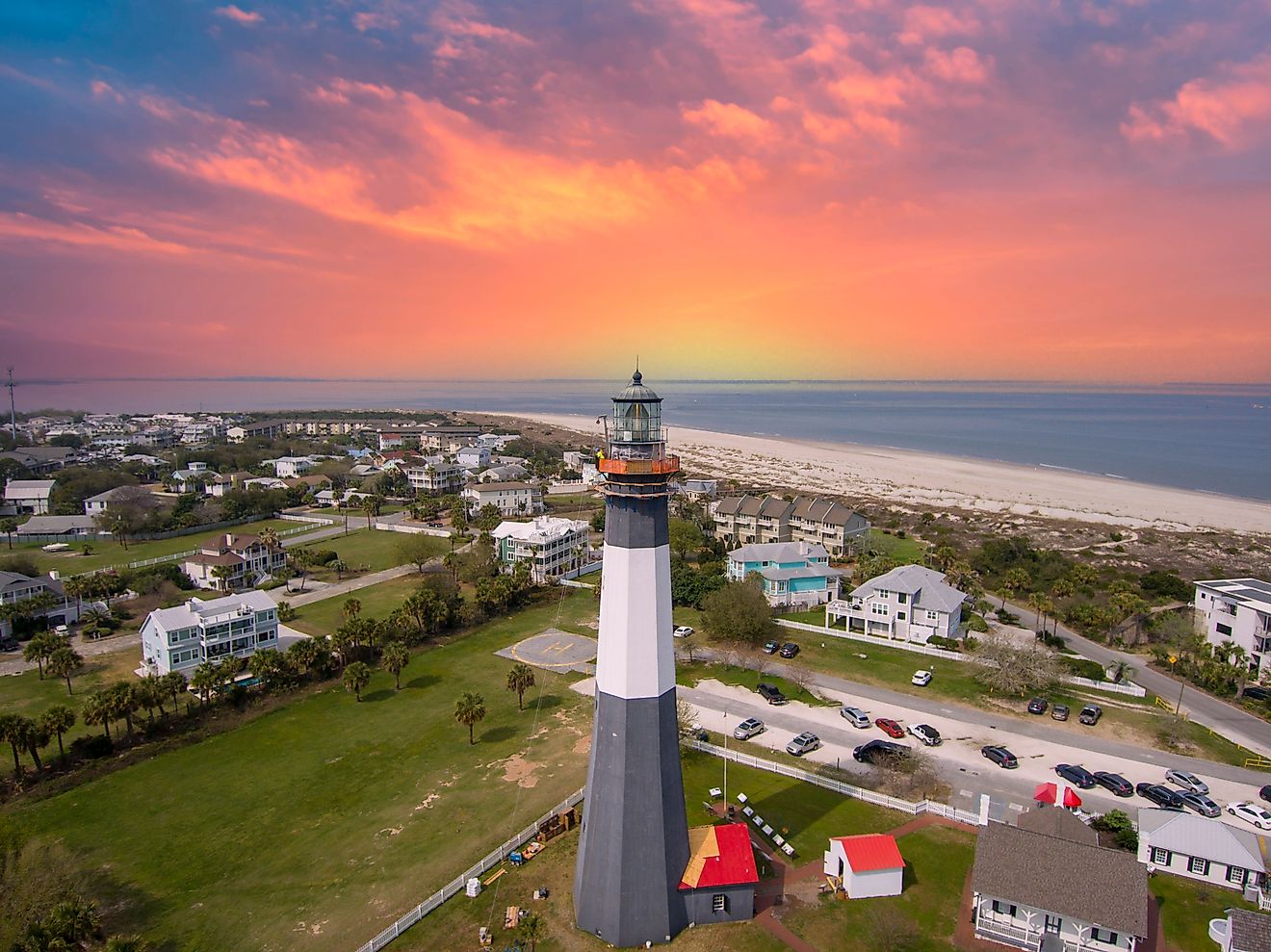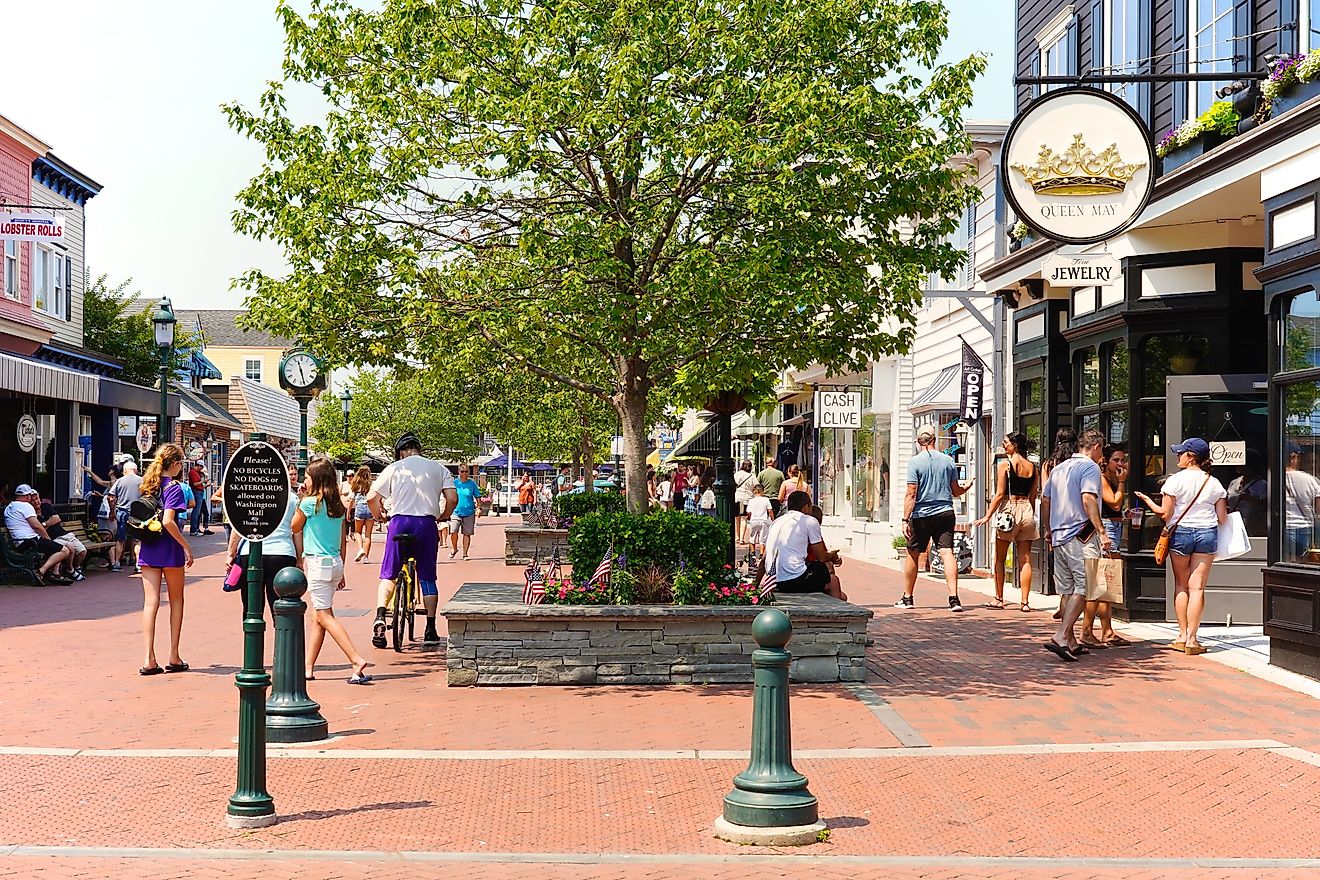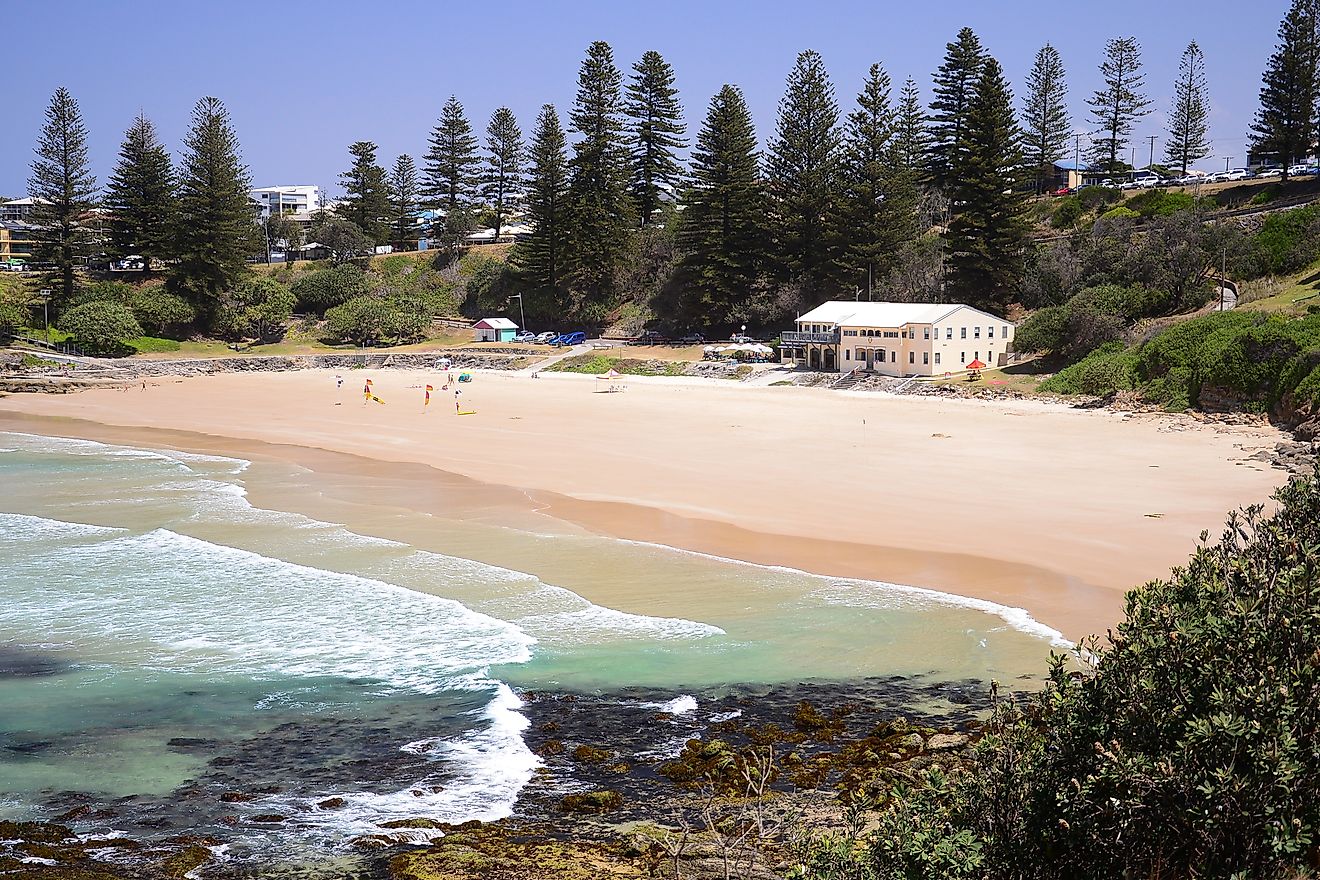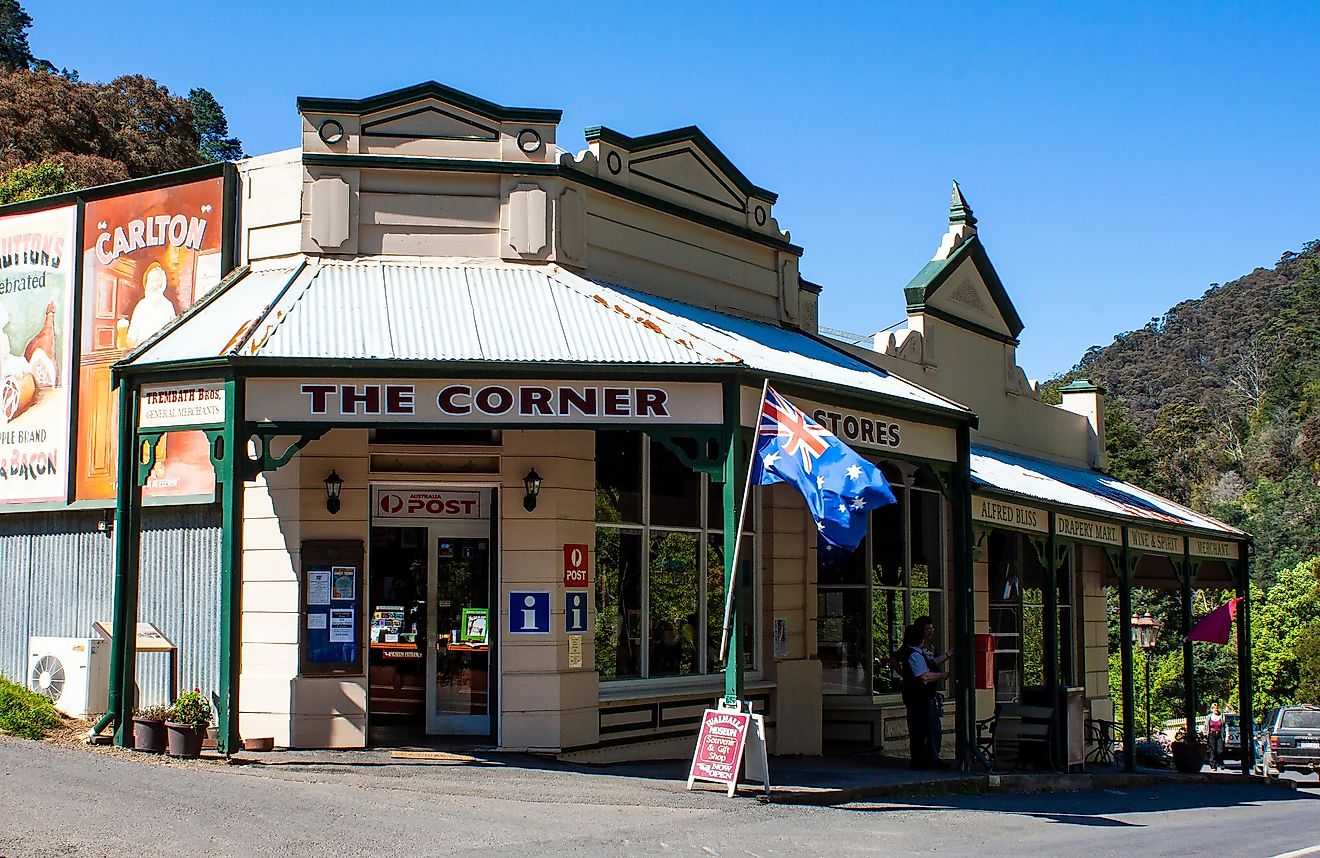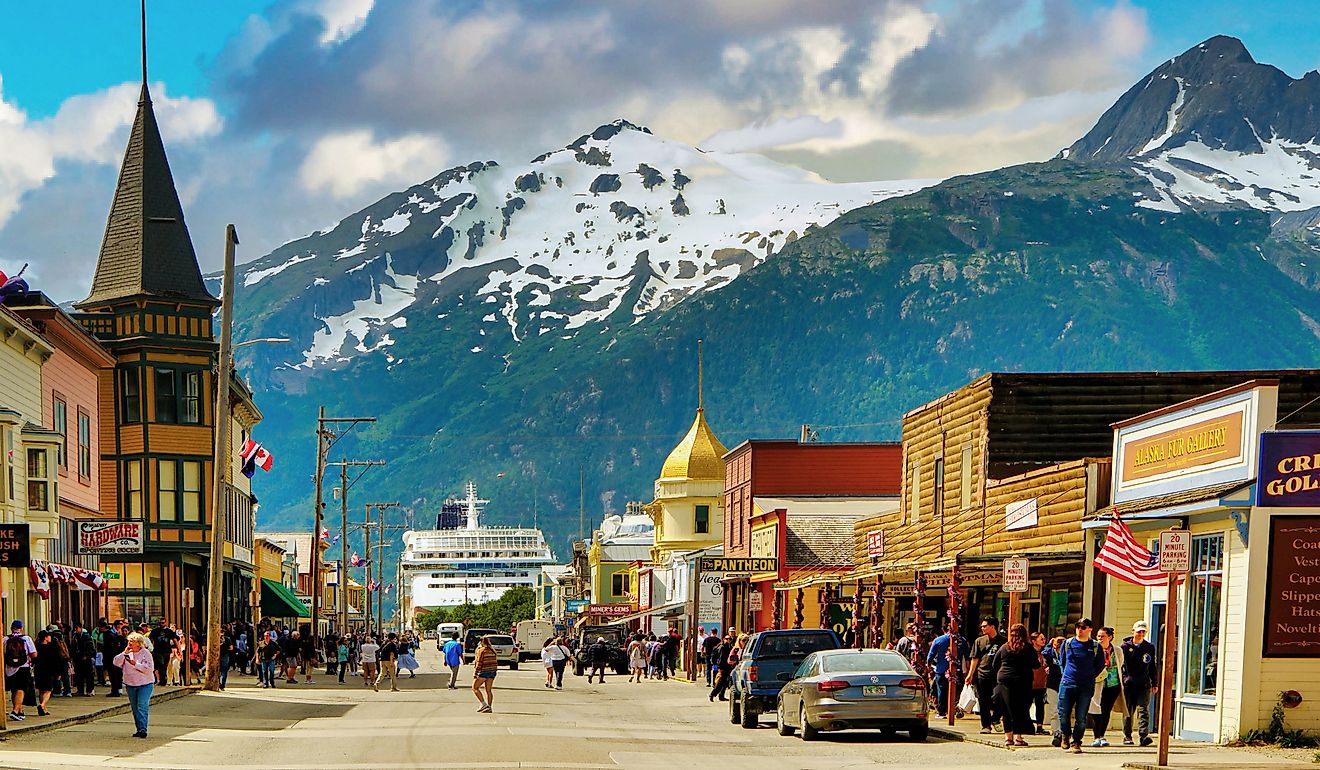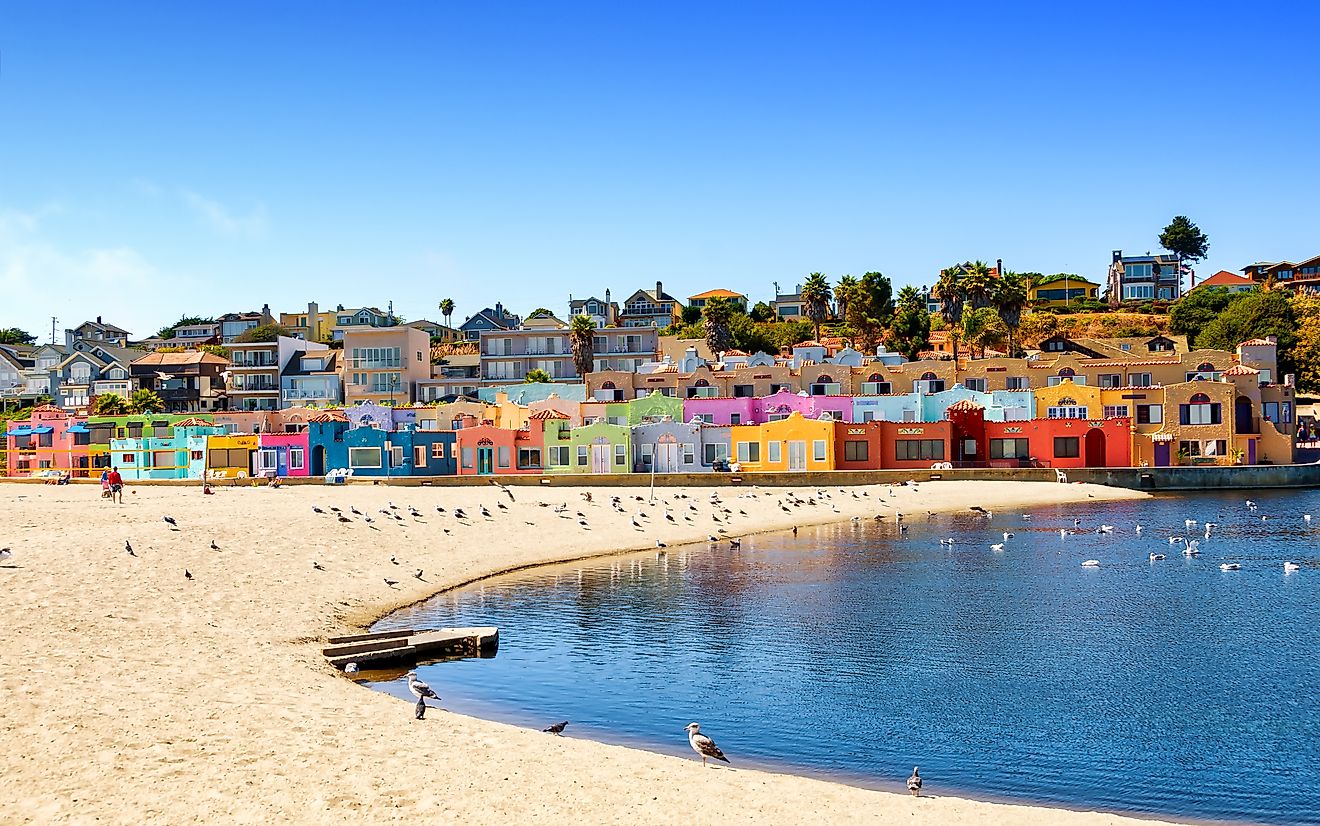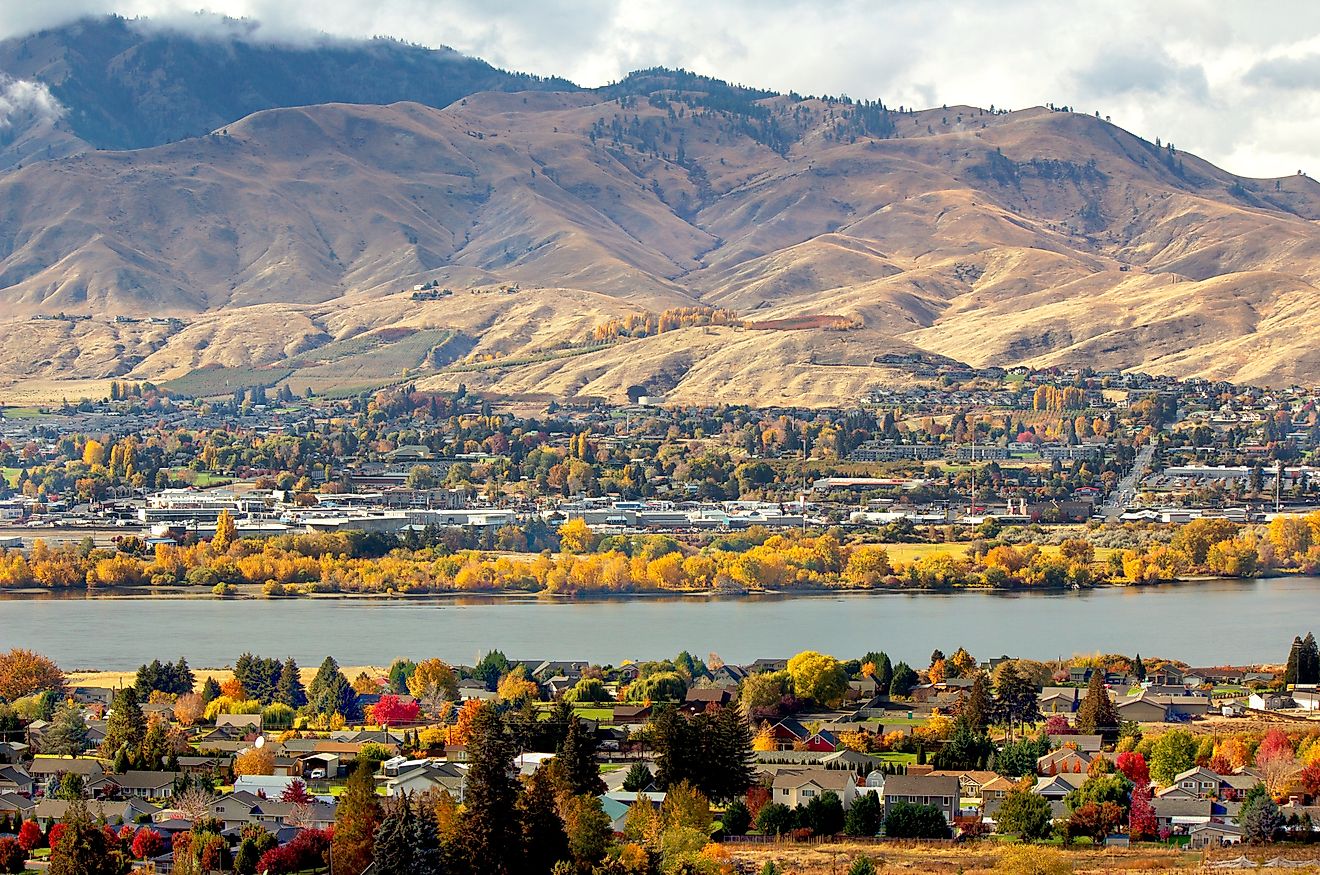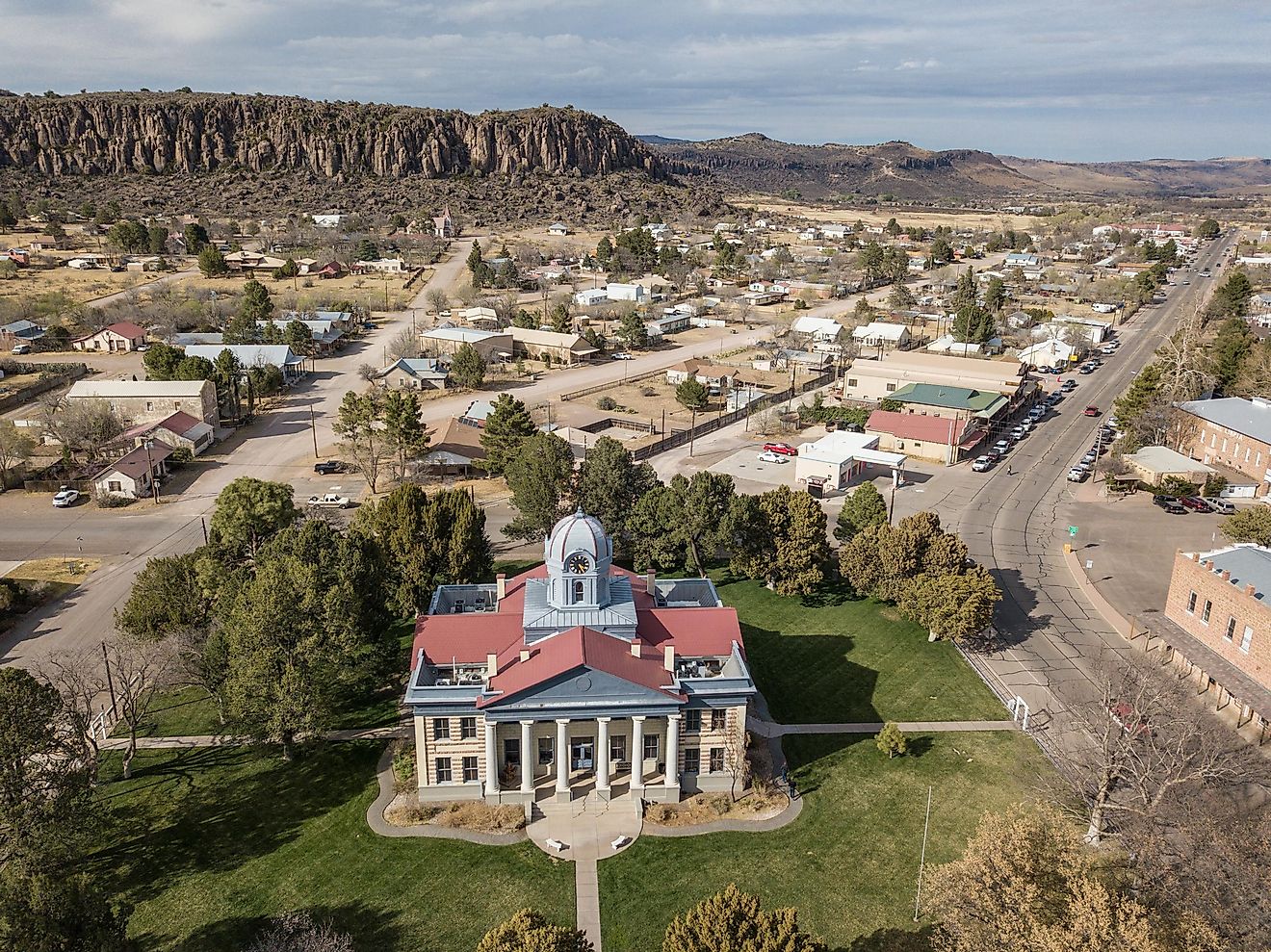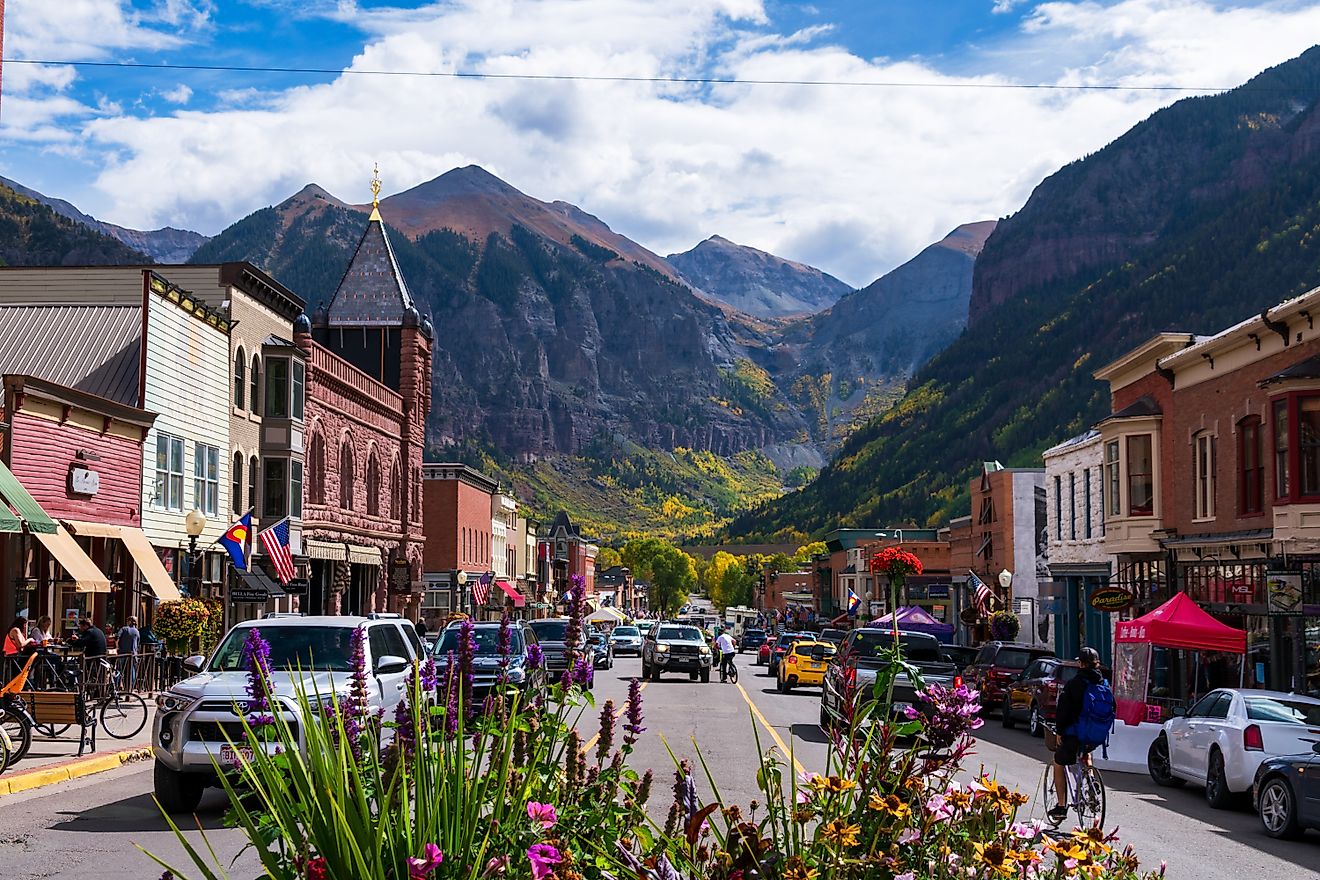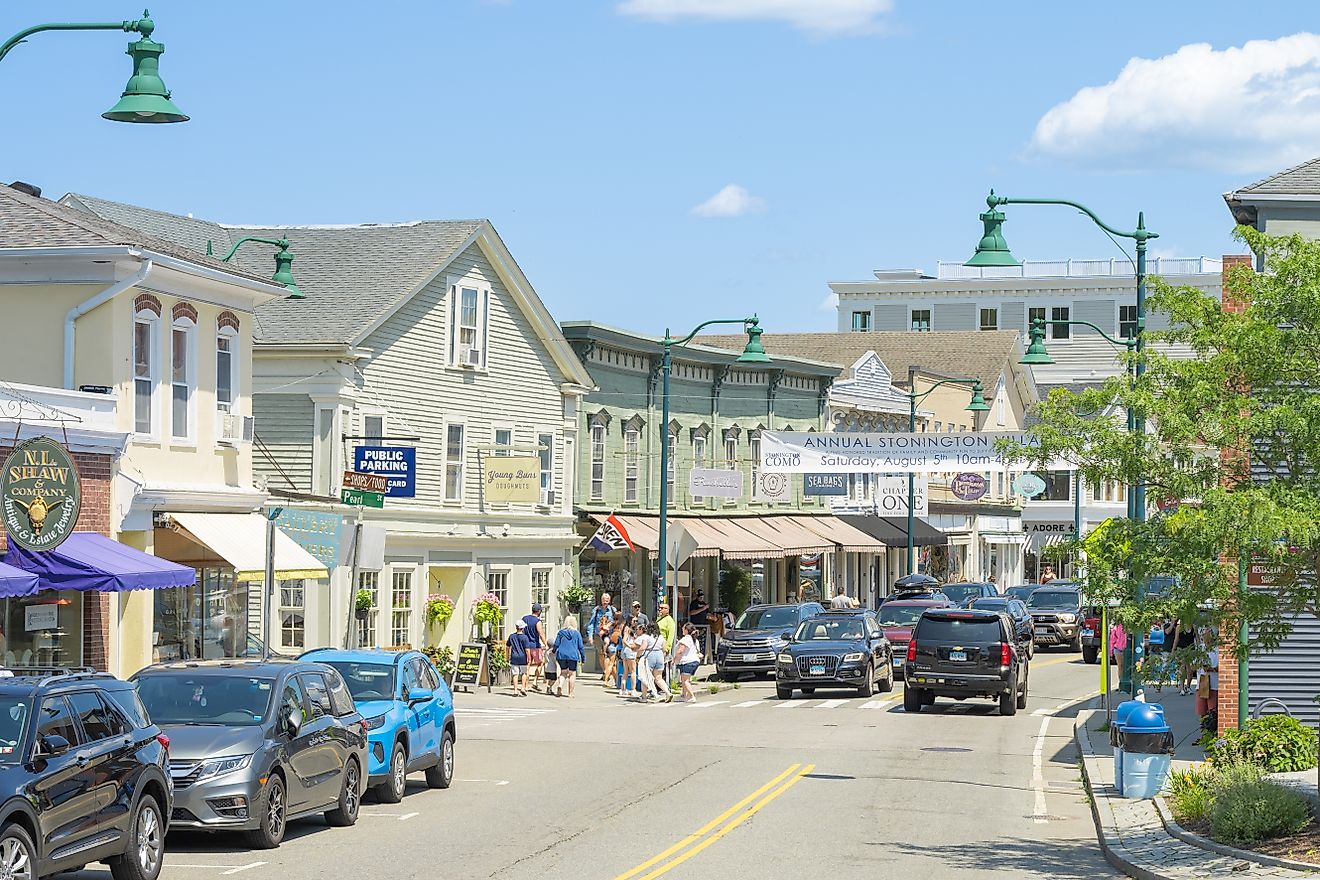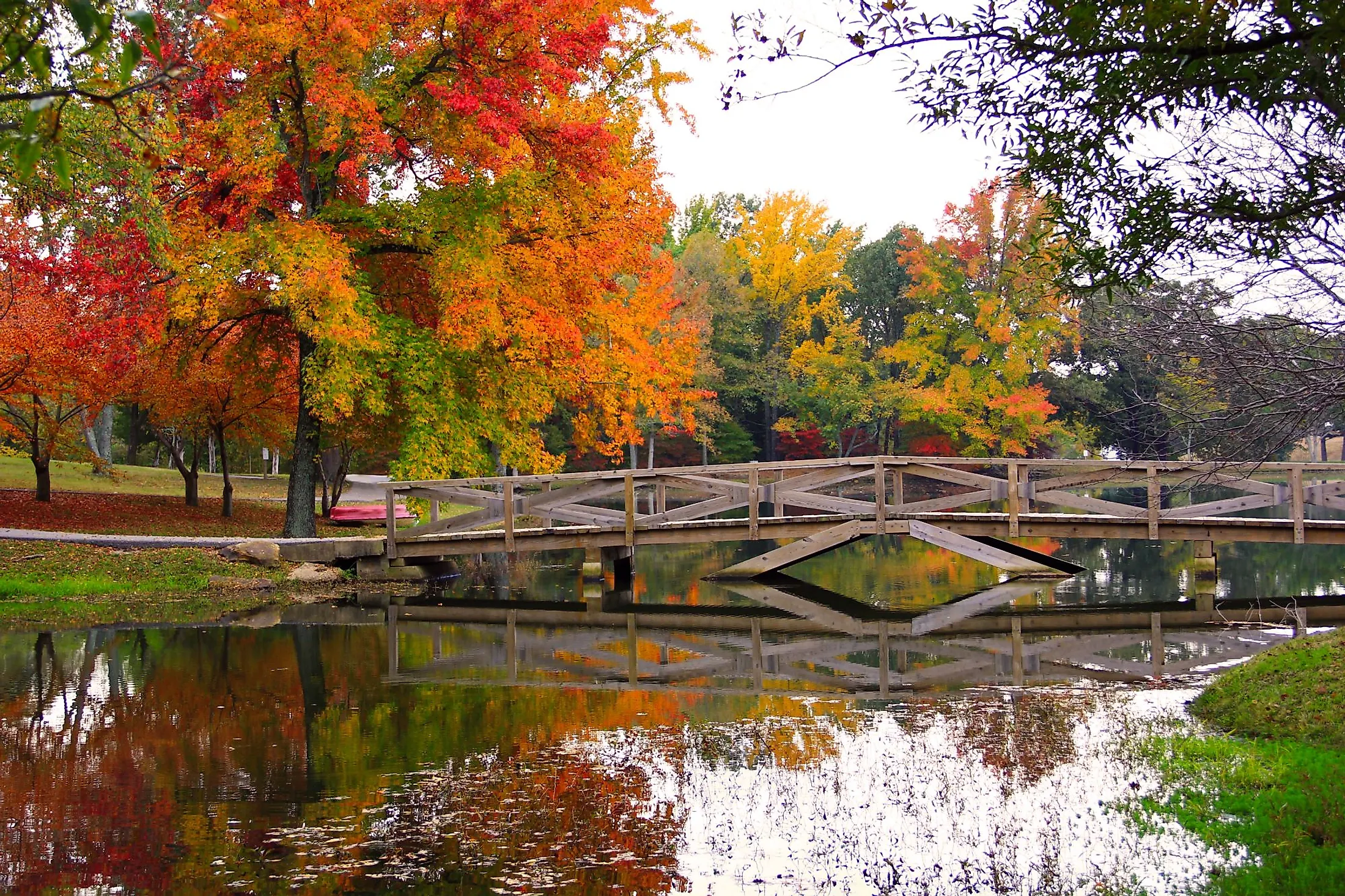
Batesville, Arkansas
Batesville is a small city that serves as the county seat of Independence County in the northeastern portion of the US State of Arkansas. Though small, it plays a vital role as a transportation hub in northeast Arkansas, a title it has long held since its founding along the White River. The city has a beautiful culture, alluring attractions, and scenic sights among the Ozark Mountains.
Geography And Climate Of Batesville
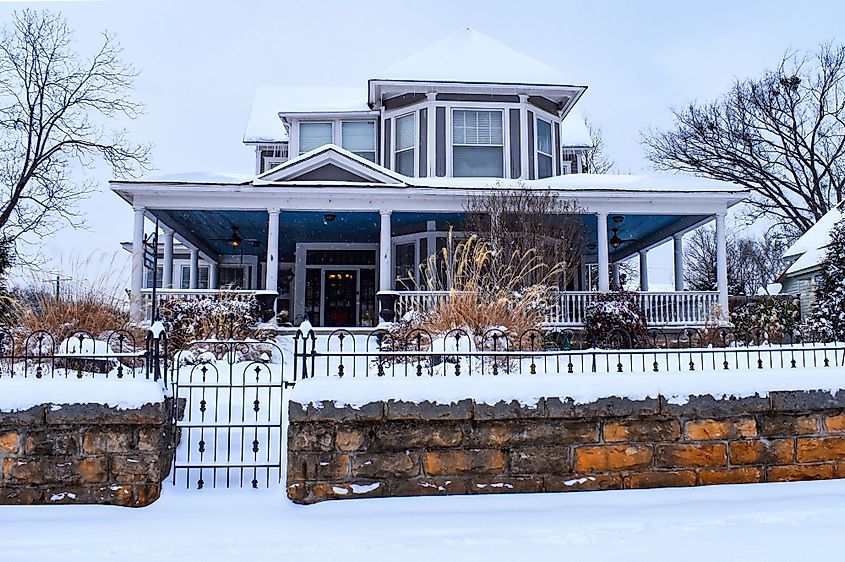
Batesville covers 28.8 sq. km of hilly terrain, streets, and valleys, of which 28.4 sq. km is land and 0.3 sq. km is covered by water. The White River bounds the city on its southern side, running west and east, with the Poke Bayou, a smaller tributary, flowing out of it to the northwest. The rugged plateaus of the Ozark Mountains bound the city on the north; its many mineral deposits and beautiful scenic locations serve as some of the city's biggest industries. The city itself is situated approximately 183km northeast of Little Rock - the state's capital city.
Batesville experiences a humid subtropical climate with hot, muggy summers, cold, wet winters, and mild springs and autumns. The annual average temperature is 16.4 °C, with average temperatures ranging from -0.5 °C during winter months to 33.3 °C during hot months. Batesville sees consistent precipitation throughout the year, with a monthly average of 86.3 mm. The month with the most rain on average in Batesville is April, with an average of 114.3 mm, and the month with the least rainfall is August, with an average of 61.0 mm.
Brief History Of Batesville
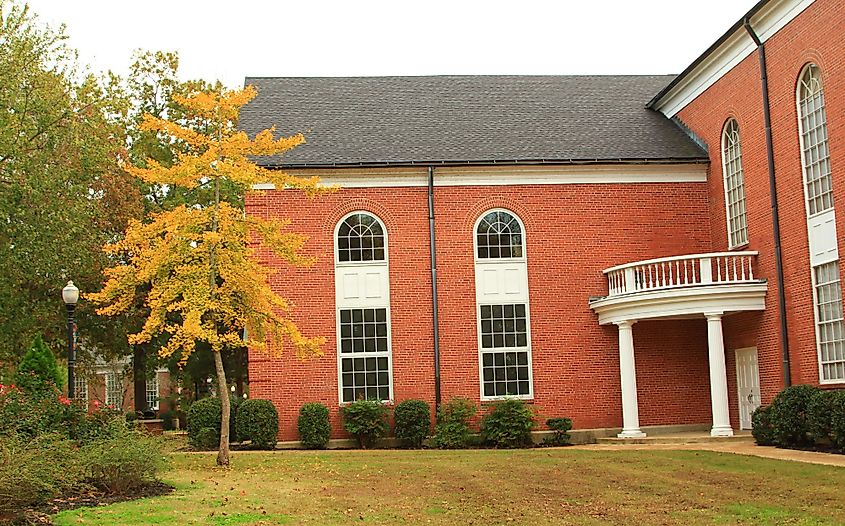
Batesville is Arkansas's oldest city, with roots that can be traced back to the early 19th century. In 1808, the Osage Nation indigenous people ceded the area where Batesville is now to the United States in a treaty. Within a few years, a small town called Poke Creek was founded by John Reed, who also set up a trading station along the White River that offered "whiskey and notions." Sometime later, the town received widespread attention as hundreds of pioneers passed through the state on the Old Southwest Trail that crossed the White River close below Batesville. The town was surveyed in 1820 and was formally named Batesville a few months later in honor of Judge James Woodson Bates, the first Territorial Delegate to Congress. Justice Bates had initially moved to Batesville in 1819 and was one of the town's most prominent inhabitants for fifteen years. Steamboats ushered in a new era for Batesville, as river transportation became crucial to the region for over 70 years. In the early 1900s, the federal government sought to expand year-round transportation along the White River by installing locks and dams above the city. However, a railroad was later built along the river, effectively ending the steamboat business. Ultimately, only three of the projected ten locks and dams were ever built and are now major historical sites in the city.
The Population And Economy Of Batesville
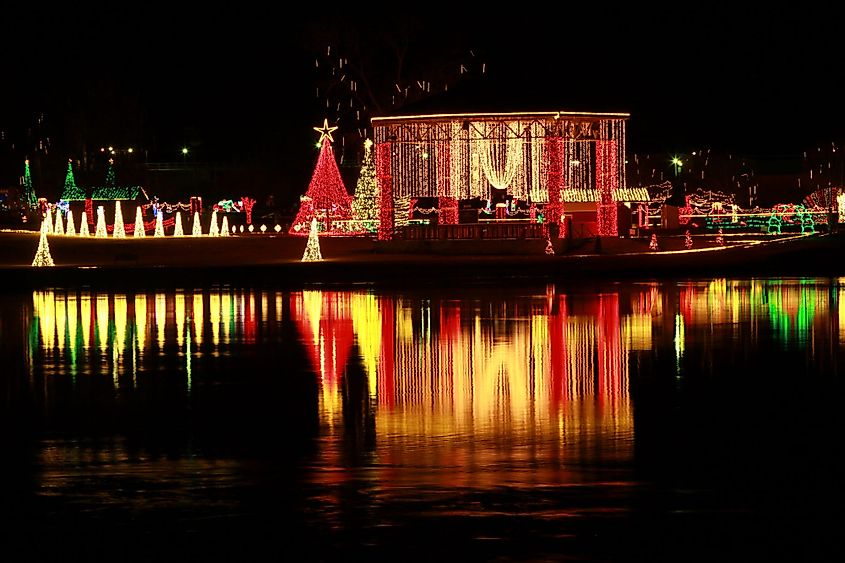
Batesville has a population of 11,191 people according to the latest US Census, a slight increase from the 2010 population of 10,248. Around 52.1% of Batesville residents are female, and the remaining 47.9% are male. The key ethnic demographics are as follows: 75.8% White, 5.5% Black or African-American, 1.0% Asian, and 14.8% Hispanic. The median household income of residents in Batesville is $53,974, and the percentage of people living below the federal poverty line is 14.6%.
Batesville’s economic growth is attributed to its natural resources and vital position along the White River. Industries such as agriculture, tourism, and timber have long played important roles in the city’s economy since its founding in the 19th century. In present times, the economic foundation consists of poultry processing, industrial chemicals, lime quarries, and black marble quarries in the rich mineral deposits of the Ozark Mountains. The city also acts as a retail trading center for the north-eastern Arkansas region.
Attractions In Batesville
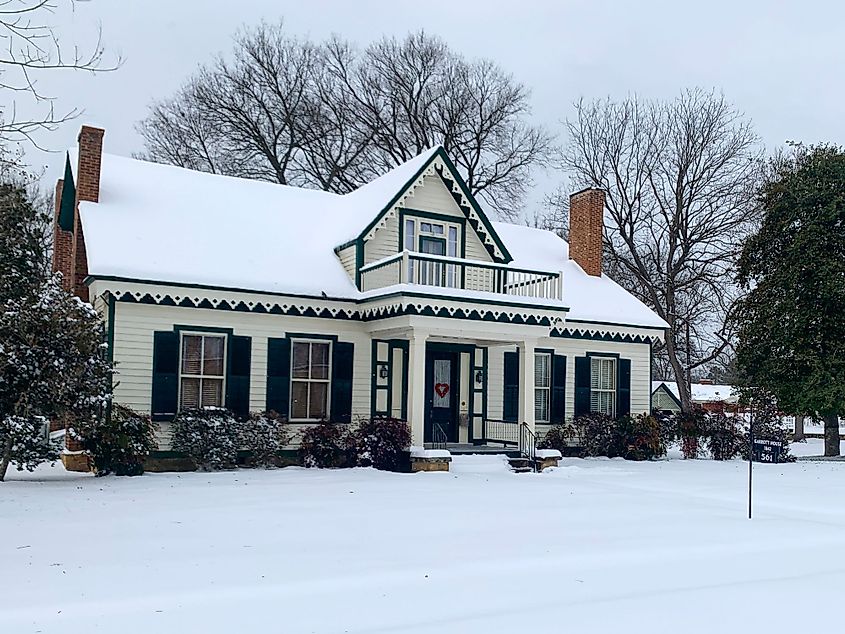
Batesville has numerous attractions that see many visitors throughout the year, all thanks to the city’s incredible culture. For those seeking historical attractions, the Garrott House is the oldest surviving structure in Batesville (and in Independence County). The first Batesville structure listed on the National Register of Historic Places, Garrott House, was built by Independence County pioneer George Case in 1842 when he settled in the region. The Cook-Morrow House is an additional building on the National Register of Historic Places known for its architectural significance. It was constructed in the early 20th century, and its structure was quite ahead of its time. In addition to this, a significant attraction that brings a lot of visitors to the city is the annual Ozark Foothills Film Festival, which began in 2002. The festival is committed to the advancement of media arts, aiming to serve the people of the state by supporting and encouraging Arkansas filmmakers.

